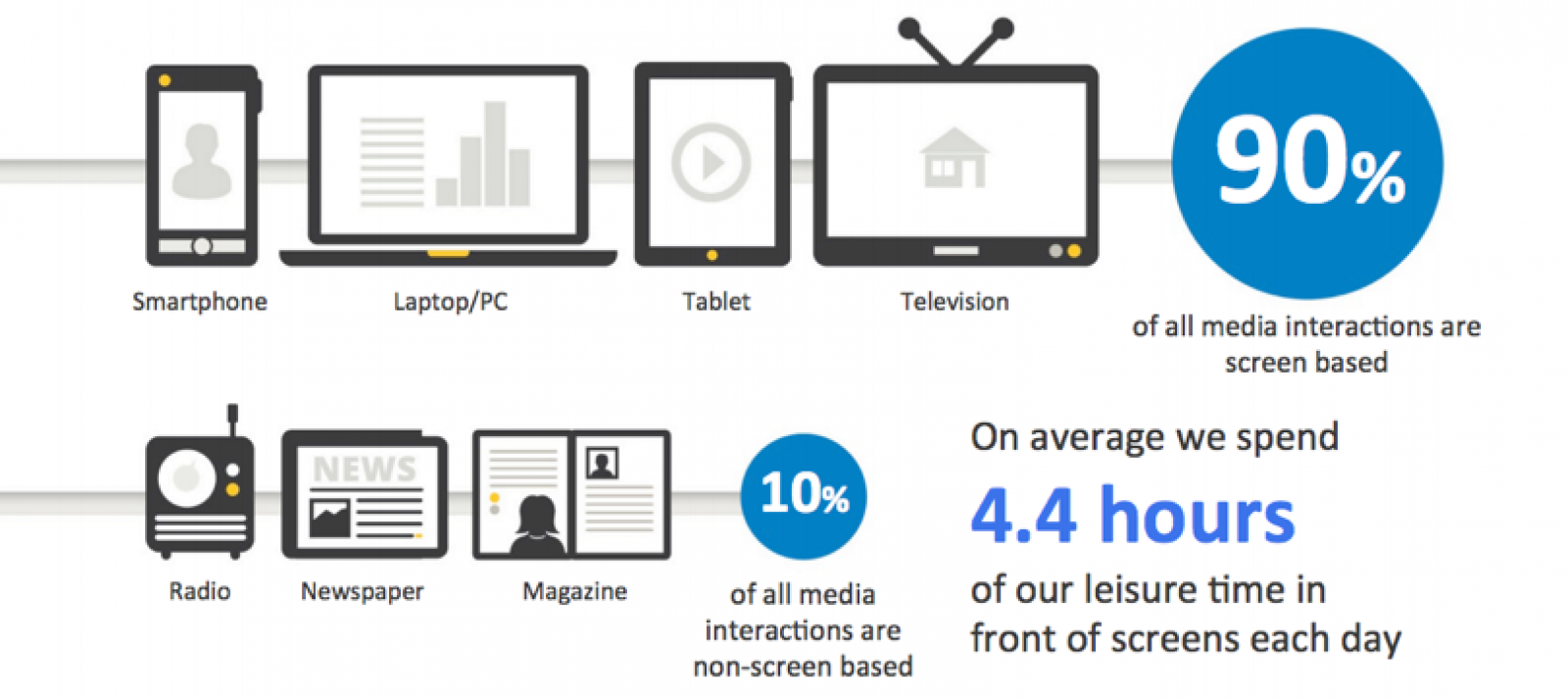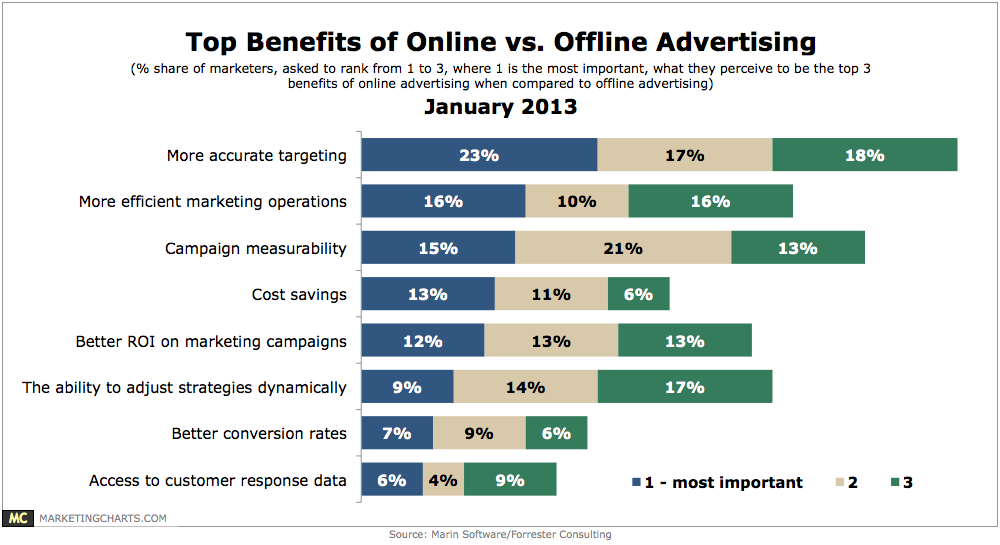While all of these are still crucial to the implementation of a successful campaign, there’s a new kid in town that’s here to stay. Meet (or re-introduce yourself to) digital media.
Considering that the target market of most colleges and universities is the 16-25 age group, it’s safe to assume that nearly 100 percent of that population regularly uses the internet. Digital media allows colleges and universities to easily reach their intended audiences, from parents to prospective students, where they already are.

Due to its youth and ever-changing nature, digital media is often treated like a misunderstood child. Yet, rather than write it off as too difficult or impossible to control, it should be embraced and studied. As mentioned above, digital media allows an advertiser to reach prospective students wherever they already are. You can use digital media to grab a user’s attention on their favorite website, through a Google search, on their Facebook newsfeed, or even in their email inbox.
As we implement various digital media strategies across our clients’ campaigns, we are continually amazed by their performance. We are regularly experiencing results from digital media that surpass those of our email campaigns. For example, by using a multi-channel digital media campaign, one of our clients recently saw record attendance at an open house that exceeded their previous high by more than 25 percent. Curious as to what drives the performance of digital media?
The answer is simple: targeting.
Digital media allows you to target prospects based on a wide array of characteristics. The specifics depend on the publisher, but such factors typically include geographic location, age, level of education, major, and more.
Love it or hate it, we live in a world that is overflowing with data, and it’s important to utilize that available information in order to strengthen a campaign. Such data may be self-disclosed on a site like Facebook; it may be obtained from a user visiting a website; or it may simply be a name found on a mailing list. For example, Spark451’s “audience building” digital media campaigns have become a staple of a successful search campaign, using such list data to further reinforce a message to an existing list of suspects or prospects.

Taking it a step further, while a print piece may be piled on a desk somewhere and an email lost in the abyss of a user’s spam folder, digital media is the cape-wearing superhero, swooping in to save the day. A digital media ad can subtly, or not-so-subtly, remind a student of your school. A non-intrusive ad may show up in their Instagram newsfeed, while a website banner on weather.com may remind them of that otherwise forgotten print piece. Just as an email campaign should be used to complement a printed piece, digital media should serve as yet another piece of the marketing puzzle.

In this age of social media and the internet, it’s not enough to simply rest on the laurels of what’s worked best in the past. The most successful campaigns are those that use various marketing components to reach students across all devices, platforms, and mediums in a complementary union. If you were to look at enrollment marketing as a tool belt, you already have print and email tucked safely inside like a hammer and wrench. Now, it’s time to add digital media like a fancy new electric drill.